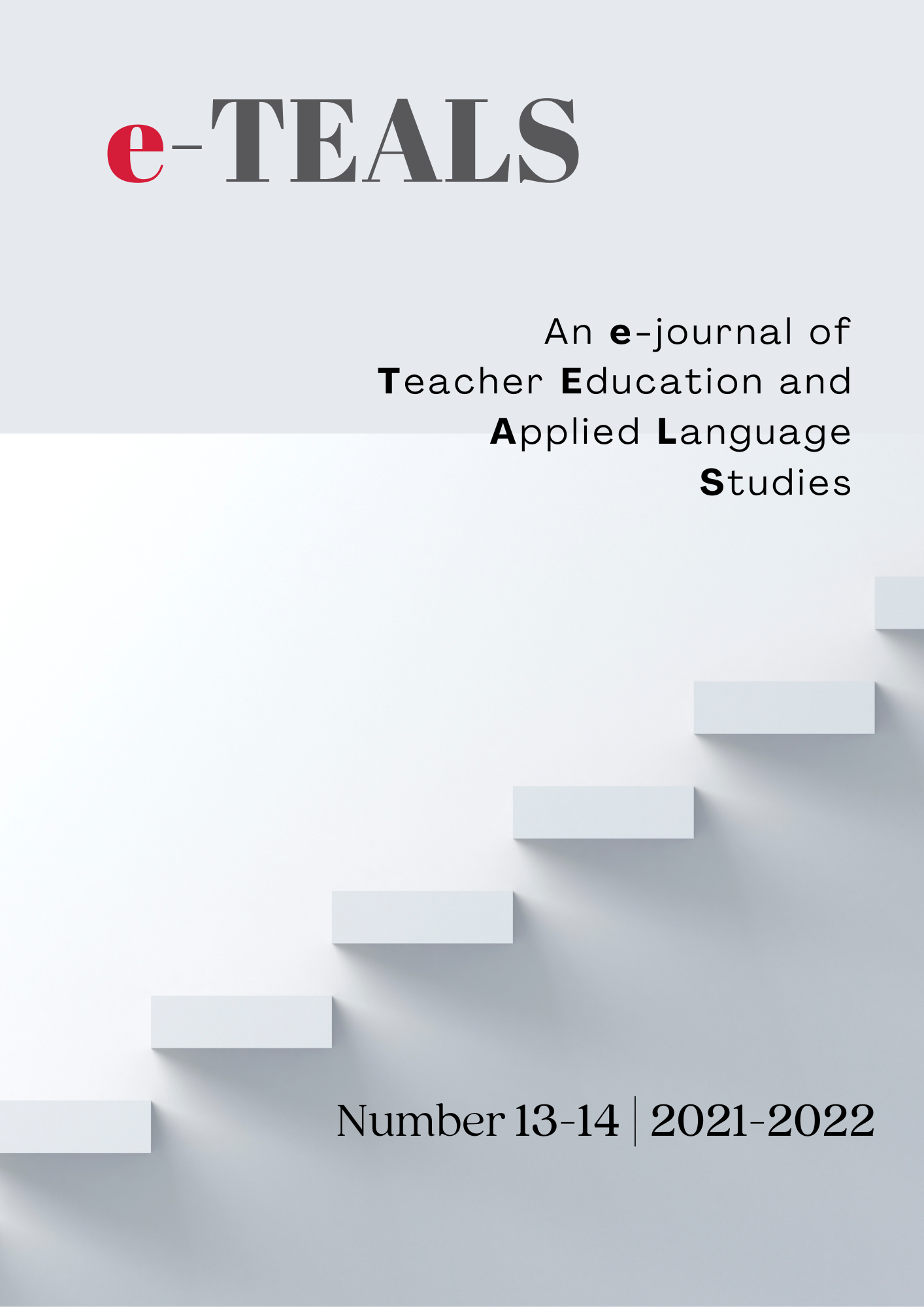Now you’re talking! Peer interaction in primary English education
DOI:
https://doi.org/10.34619/j0ay-7hplAbstract
Although teachers may be reticent to encourage children in primary education to talk to their partners for fear of losing control in the classroom, oral interaction has been proven to be essential in teaching learners how to interact and use the language. This study illustrates how oral interaction activities with learners in a Grade 4 primary English classroom in an English as a foreign language classroom in Portugal were able to support each other’s language production. A total of 18 preA1 learners were recorded taking part in a spot-the-difference information gap activity. Recordings were transcribed and analysed qualitatively for learning opportunities. Results show that more able learners were able to scaffold their less-able peers, that learners listened to their partners and responded appropriately and were on task. In addition they supplied each other with vocabulary, co-constructed utterances and modelled language. In spite of the occasional use of L1 principally for social interaction and to manage the task, the task itself was carried out in the target language. The paper finishes by discussing implications for the classroom, such as which tasks can be used, how learners can be paired, how the classroom can be managed and how assessment can be conducted.

Downloads
Published
Issue
Section
License
Copyright (c) 2022 Carolyn Leslie

This work is licensed under a Creative Commons Attribution-NonCommercial-NoDerivatives 4.0 International License.





